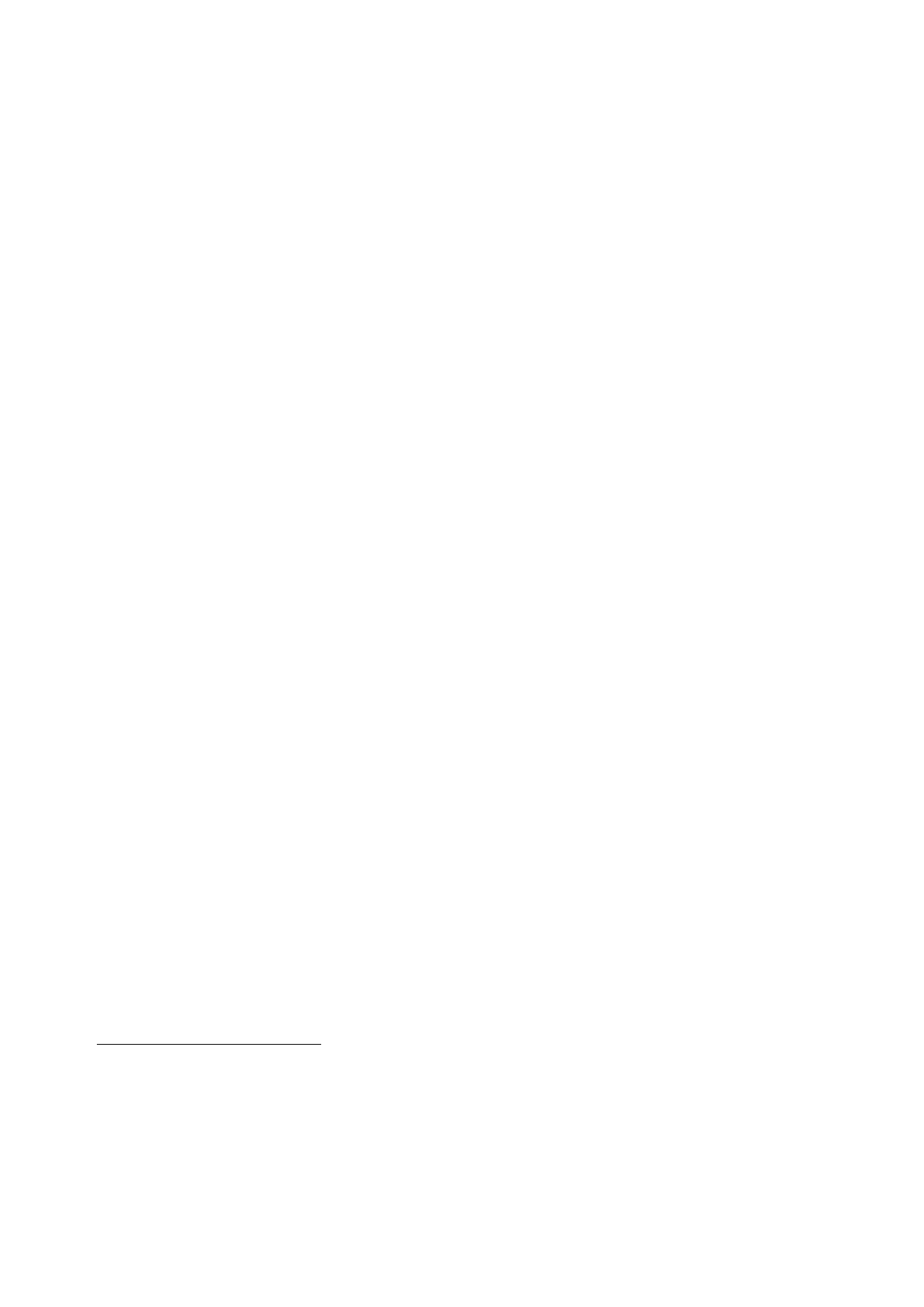
The Report
of the Iraq Inquiry
518.
UNSCOM made
clear it did not accept those positions, stressing the
“particular
importance”
of trying “to verify the total amount of proscribed weapons
produced by Iraq”
and a shift
in methodology in the biological weapons area to focus on
munitions.
519.
The report
also stated that Iraq had been informed that France was
initiating
additional
aerial surveillance and further capability was being discussed with
Russia,
but that
this activity would complement the U-2 flights not replace them as
requested
by Iraq.
520.
Mr Butler
and Mr Aziz agreed that the results of the work programme
should be
assessed
during their next round of talks, to be held in Baghdad during the
second week
of August.
Mr Aziz declined Mr Butler’s invitation to hold a special
meeting to discuss
concealment
activities.
521.
UNSCOM later
described the method it had used as focusing:
“… on
unaccounted proscribed weapons and to set aside other aspects such
as
fully
verifying production capacities, research activities, etc.
Satisfactory resolution
of the
specific ‘priority issues would make it easier to conclude that
other unverified
elements
were of lesser substantive importance. Conversely, the inability of
Iraq to
satisfy
these issues would point to more ominous explanations for other
unverified
parts of
Iraq’s declarations. Whether these other parts will ultimately be
addressed
is an open
question, but one which has a direct bearing upon confidence in
future
522.
This approach
became the method for establishing whether an
“acceptable
material
balance” could be produced for weapons within UNSCOM’s
remit.
523.
The Butler
Report records that there were two meetings between UK
officials
and UNSCOM
representatives, including Col Ritter, in May and June 1998 at
which
discussions
took place about how to make public the traces of VX which had
been
discovered
on missile warheads.207
A Secret
Intelligence Service (SIS) operation,
“Operation
Mass Appeal” was set up for that purpose, but was abandoned after
the
UNSCOM
report was leaked to the press in Washington.
524.
On
17 July, in a speech marking the thirtieth anniversary of the
1968 Iraqi
revolution,
Saddam Hussein drew attention to the letter to the Security Council
of 1 May,
which he
described as “not just a protest cry”, but evidence of “a will and
alternative
strategy”
if “other means and methods” failed “to return life to its natural
track”.208
206
UN Security
Council, 29 January 1999, ‘Letter dated 25 January 1999
from the Executive Chairman of
the Special
Commission established by the Secretary-General pursuant to
paragraph 9 (b) (i) of Security
Council
resolution 687 (1991) addressed to the President of the Security
Council’ (S/1999/94).
207
Review of
Intelligence on Weapons of Mass Destruction [“The
Butler Report”], 14 July 2004, HC 898,
page
121.
208
Transcript,
17 July 1998, ‘Speech of His Excellency President Saddam
Hussein on the 30th Anniversary
of
17-30 July 1968 Revolution’ (www.al-moharer.net).
118
